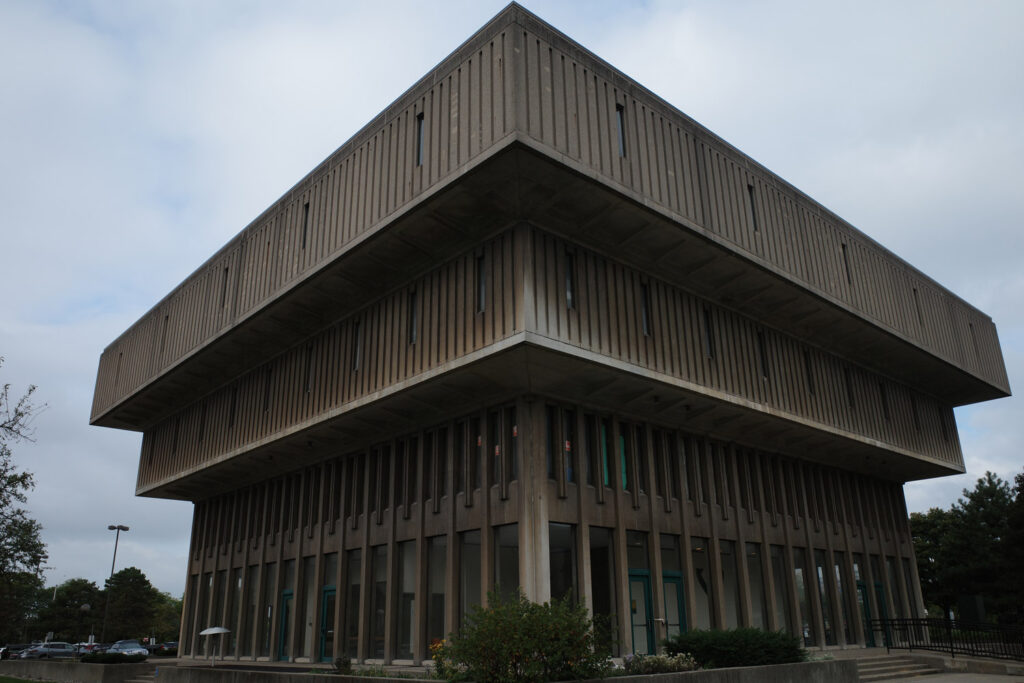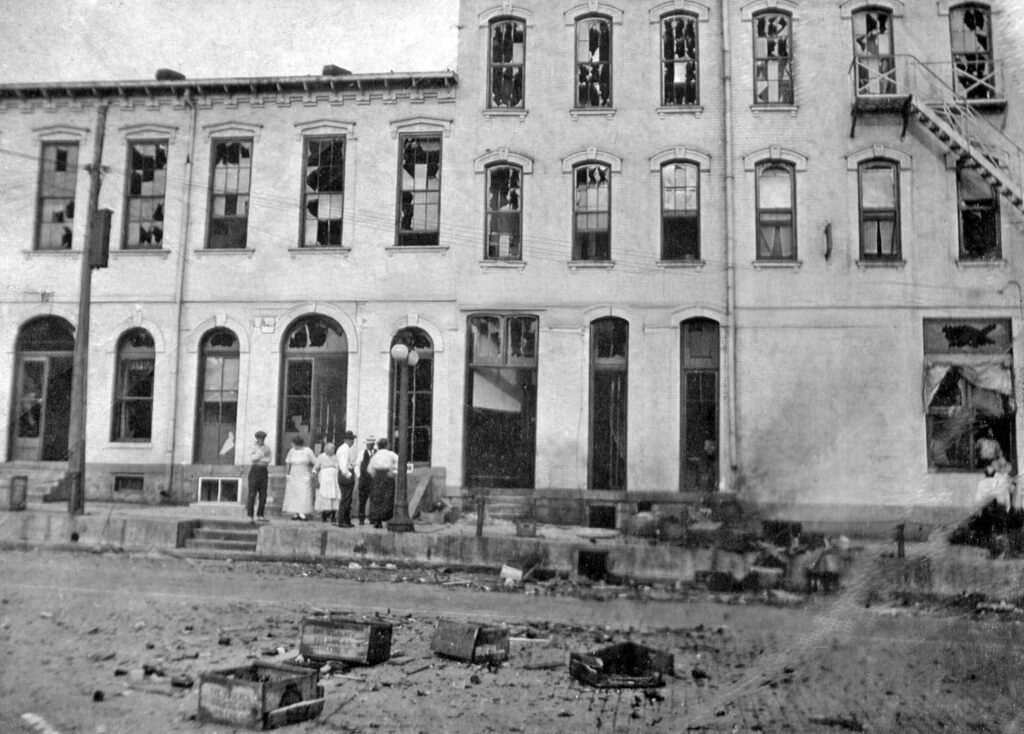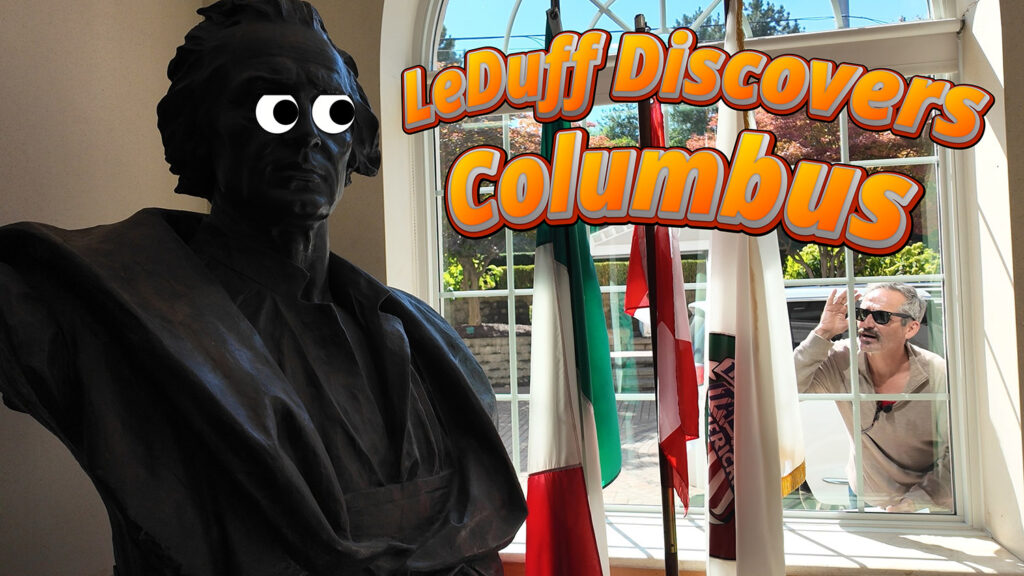Detroit — I was walking around the Wayne State campus when a thought popped into my head: “Why does this look like the Soviet Union?”
All around me were monstrosities of weathered cement, looming like Eastern European fortresses from a Cold War spy film.

Like a child counting yellow cars on a road trip, brutalist buildings seemingly appeared everywhere. I needed to get to the bottom of this immediately.
Brutalism is not, in fact, from Soviet Russia but partly the creation of a Swiss-born Frenchman named Charles-Edouard Jeanneret, known more popularly as Le Corbusier. Considered a pioneer of modernist architecture, he sought to strip building design down to make it devoid of beauty, ornamentation, and pleasing aesthetics.
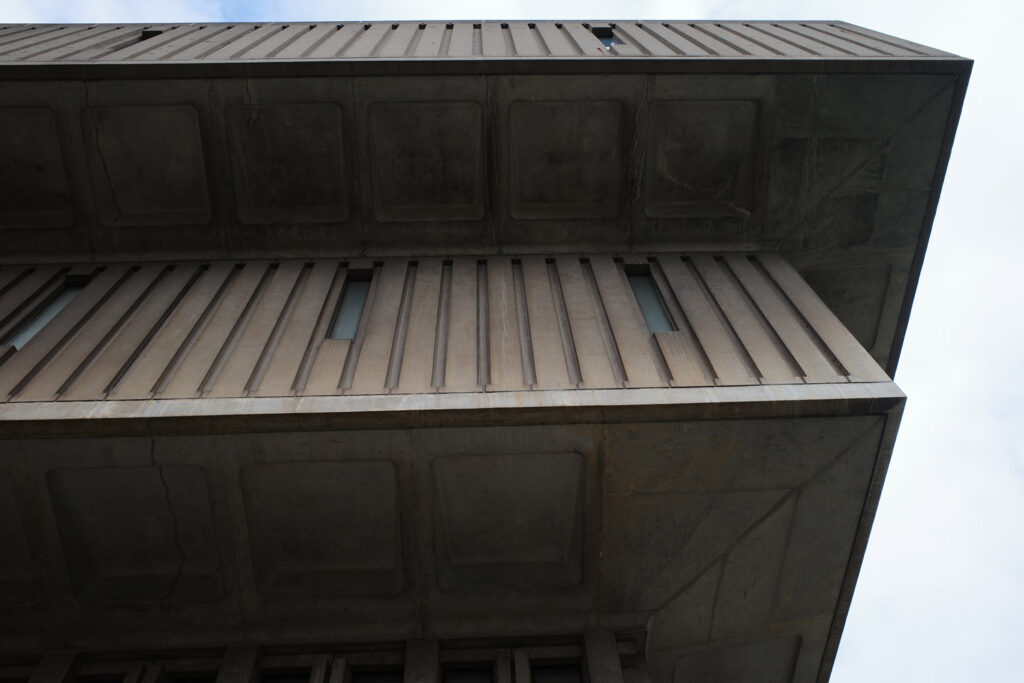
This new twist on modernism was built with one material: raw concrete.
Le Corbusier imagined buildings as machines, parts of larger cells, entirely unitarian and egalitarian. His politics would’ve given those doling out building contracts pause today: Le Corbusier frequently worked for fascist governments in Europe, eventually finding his way to Soviet Russia where his work foreshadowed the Commie Block. These intimidating and soulless structures were meant to symbolize the masculine strength of the authoritarian state.
But that still doesn’t explain how these structures were built in Metro Detroit.
You might recall a minor conflict called World War II that destroyed most of Europe. War-torn nations enduring economic collapse needed to rebuild, and the cheapest material available was concrete. Europe rebuilt itself with Soviet aesthetics.
The appeal of concrete structures built on limited budgets was not lost on the rest of the world, including America, where the architecture of the gilded age and progressive era had fallen out of favor. Western architects began experimentation, particularly on booming university campuses.
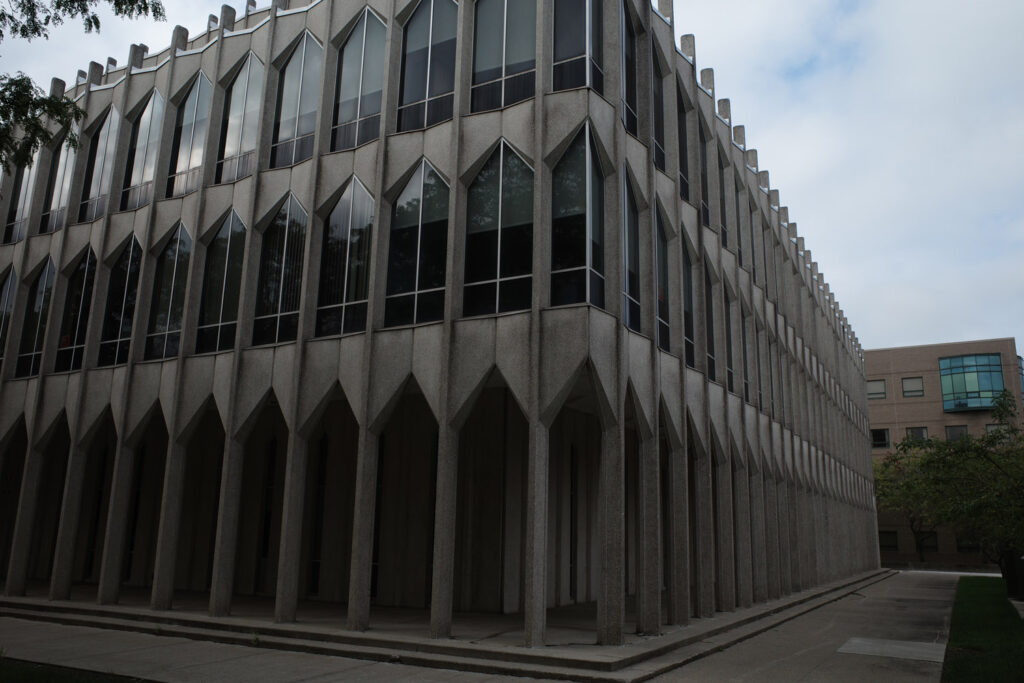
A new era of modern brutalism emerged in America through the 1960s and ’70s, when Metro Detroit was a hub for young architects.
Enter Minoru Yamasaki, a Japanese-American architect born in Oregon and inspired by the New Formalism of classic design. “Yama” as he came to be known, left the West Coast to avoid anti-Japanese sentiment and eventually settled in Detroit. Not a part of the brutalist movement, he nevertheless experimented with the concrete designs in buildings across the country and in Detroit, specifically at Wayne State University.
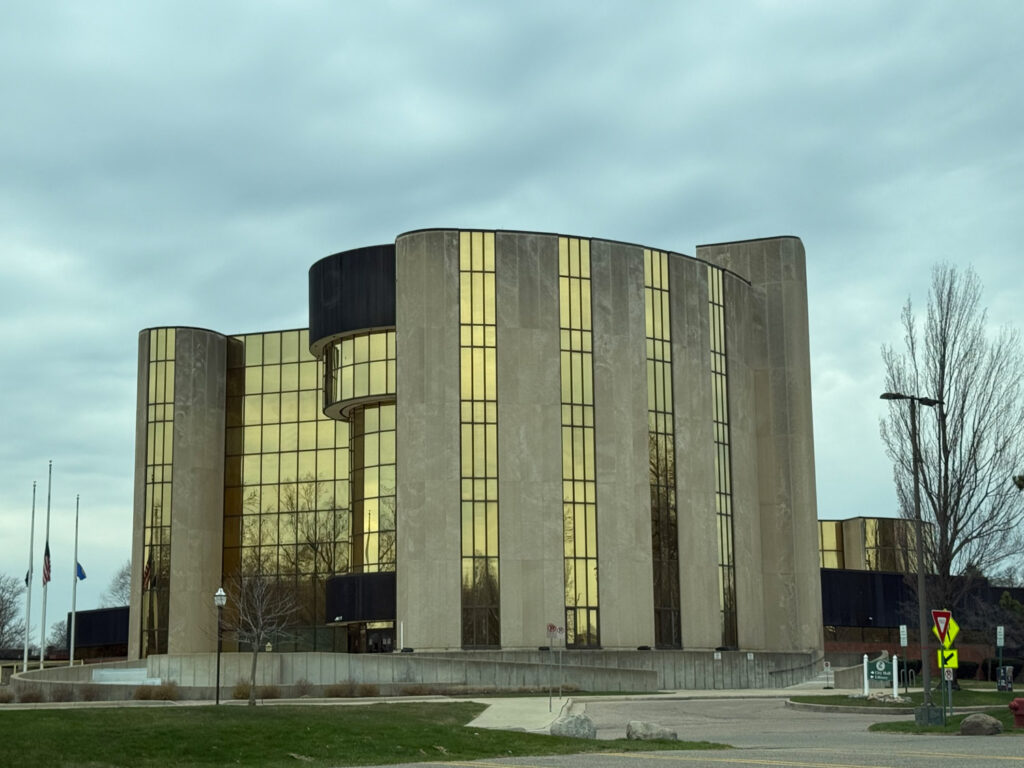
Yama’s skill was so sought after that he designed over 250 buildings around the globe, including the World Trade Center in New York.
A celebrity architect achieving placement on the cover of Time Magazine and adoration around the world, Yama remained in Metro Detroit for the rest of his life and never lost his love for less prestigious projects. It was he who designed the now-demolished Lincoln Elementary and Grant Elementary schools in Livonia, including several other public schools in Westland.

Inspiring and mentoring an immeasurable list of architects, including Gunnar Birkerts, the designer of the Alfred Nobel Library in Livonia, and several other brutalist buildings around Michigan, memory of Yama’s legacy has faded along with many of his buildings.
The brutalist era sharply declined through the 1980s, and the concrete and brick exteriors meant to last hundreds of years have weathered poorly. Concrete, as it happens, stains and decays, making intentionally ugly buildings even more off-putting.
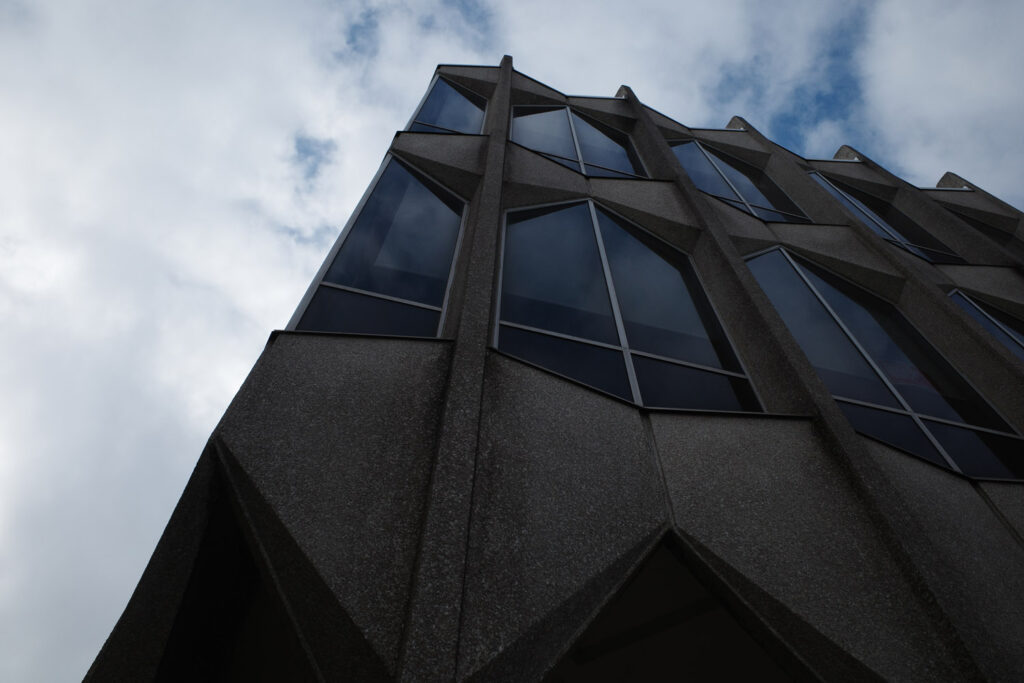
Most of the remnants of brutalism are alive and well within the government framework to include most federal buildings, various state administrative offices, and even at the municipal level.
Today these buildings are so disliked that a movement led by none other than President Trump is growing to demolish them in favor of a return to various forms of classic architecture. The president signed the Making Federal Architecture Beautiful Again executive order on August 28, instructing applicable federal agencies to examine and apply classical designs when brutalist government buildings in Washington undergo renovation or remodeling.
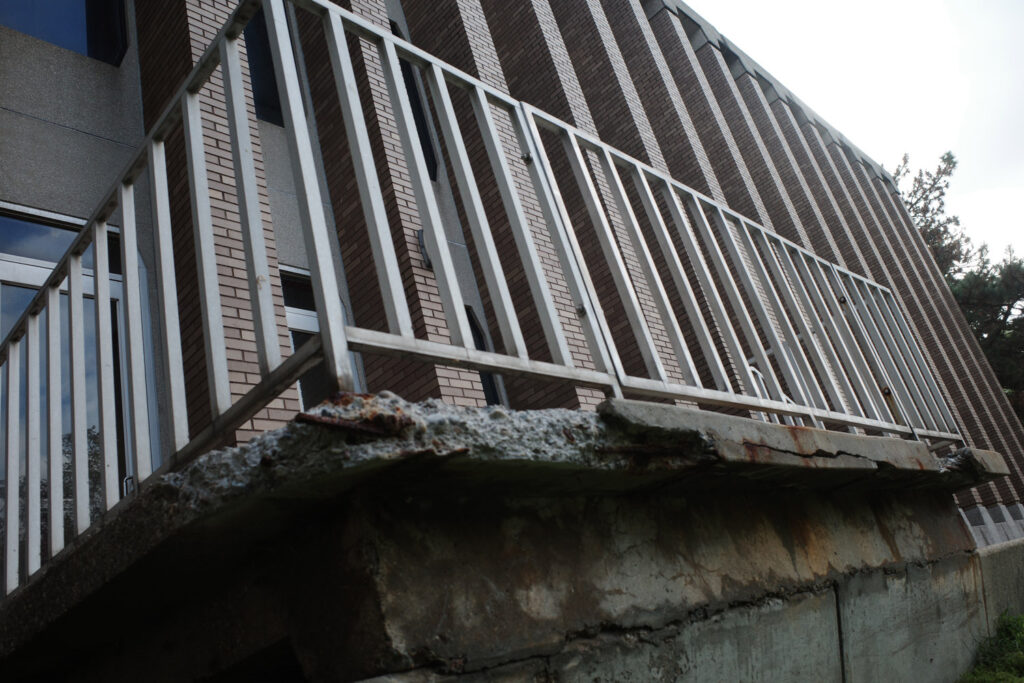
Though the political will to modernize and beautify our cities is growing, redevelopment is not simple. Brutalist buildings weren’t designed to be energy efficient, and little thought was put into maintenance as the designers erroneously believed they’d stand the test of time. The high cost of retrofitting and maintaining brutalism makes demolition a no-brainer, but that’s expensive too.
People get nostalgic about buildings, regardless of their ugliness. Need I remind you of the decades-long fight to demolish Tiger Stadium—one of the ugliest ballparks in MLB history, with more obstructions than a miniature golf course?
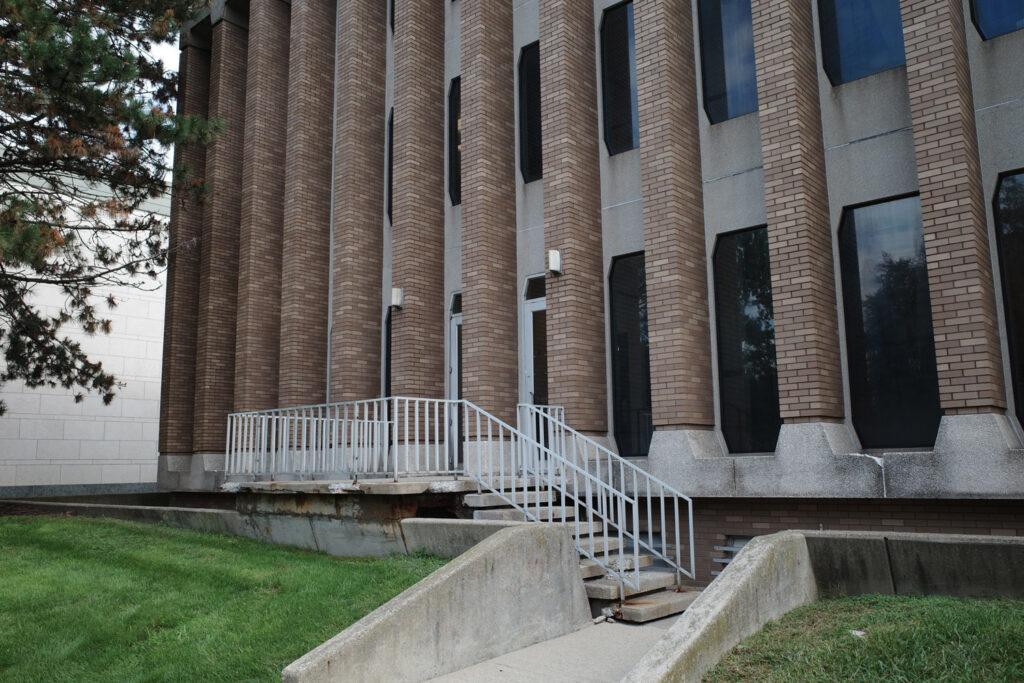
Also, what do we replace brutalist buildings with? While most people agree that brutalism really sucks to look at, few can agree on what we should replace it with.
Architects I spoke with have no use for Brutalism today due to its inefficiency and for what it represented culturally. Moreover, experts in the field have been lamenting its existence for decades.

“All forms of architecture are responses, and brutalist architects around the world weren’t just designing cities, they were making their statement about the social fabric of society,” said a Wayne County architect.
Cold War motifs have not been confined to the history books. The stained concrete faces of our crumbling institutional buildings serve as a reminder.
Jay Murray is a writer for Michigan Enjoyer and has been a Metro Detroit-based professional investigator for 22 years. Follow him on X @Stainless31.
